Customers often measure the same laser with 2 different Ophir sensors, both of which are specified to be within calibration. Let’s say that both of the sensors are specified to have a calibration uncertainty of ±3%. Do I expect the difference in reading between them to be less than 3%? On first thought, this is what one might expect. However this is not necessarily so.
Specify a calibration accuracy of ±3%
First of all, when we specify a calibration accuracy of ±3%, we are talking about a 2 sigma uncertainty, i.e. the readings of various sensors will be on a bell curve with 95% of all sensors reading within 3% of absolute correct calibration and 5% reading outside this accuracy. Thus there is a small chance that the meter will not be reading within 3% of absolute accuracy.

Two different directions
A more important reason is that the two sensors’ calibration error may be in two different directions and thus show a larger discrepancy between them than 3%. Say one sensor has been calibrated and reads 2.5% above absolute calibration and the other 2.5% lower than absolute calibration. Both of the sensors are within the specified ±3% absolute calibration but they will still read 5% differently from each other.
If we do statistical analysis, we find that the analysis will show that there is in fact a probability of >16% that two correctly calibrated sensors will differ in reading from each other by more than 3% and a probability of over 6% that the sensors will differ in reading between each other by more than 4%.




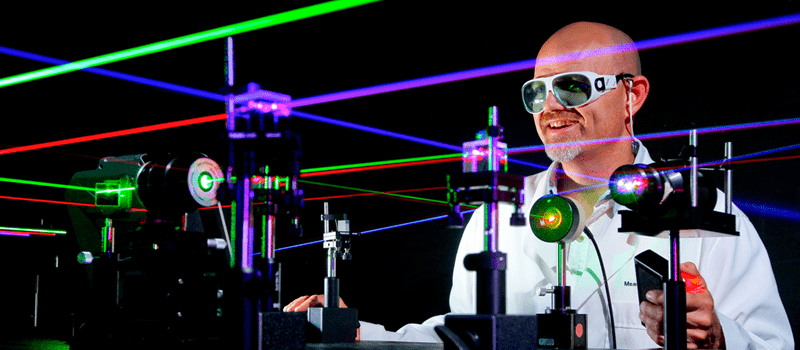

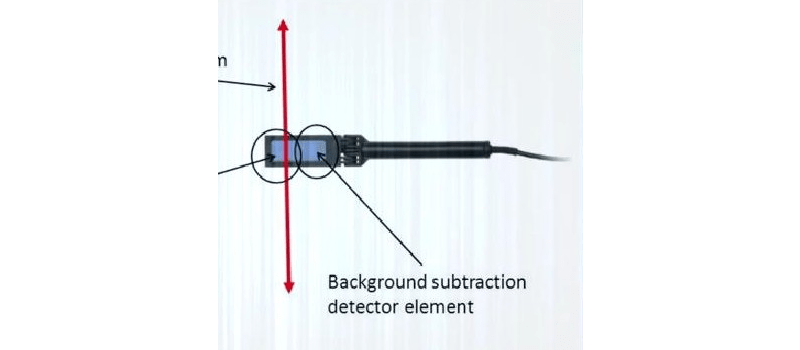
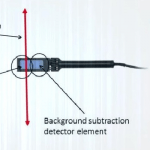


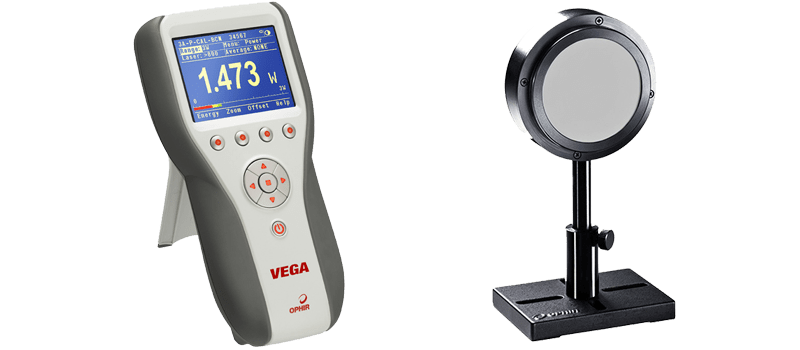
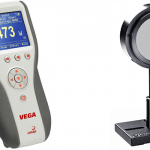
Leave a Reply
Your email address will not be published. Required fields are marked *